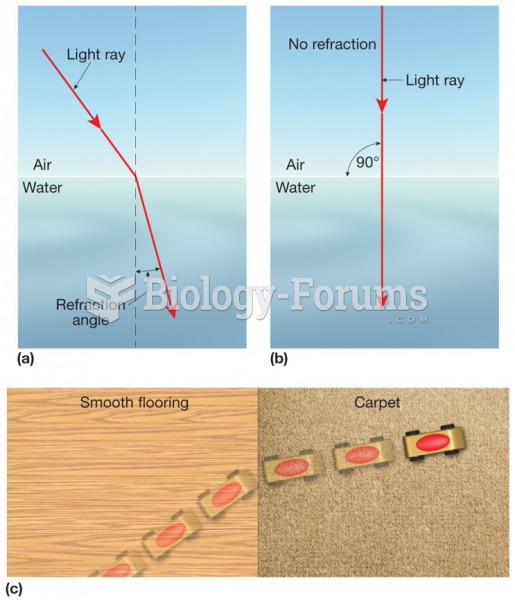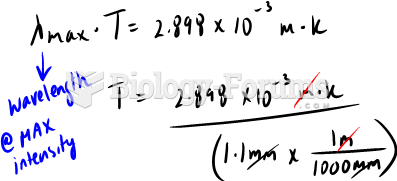|
|
|
When blood is deoxygenated and flowing back to the heart through the veins, it is dark reddish-blue in color. Blood in the arteries that is oxygenated and flowing out to the body is bright red. Whereas arterial blood comes out in spurts, venous blood flows.
Aspirin is the most widely used drug in the world. It has even been recognized as such by the Guinness Book of World Records.
All adverse reactions are commonly charted in red ink in the patient's record and usually are noted on the front of the chart. Failure to follow correct documentation procedures may result in malpractice lawsuits.
The senior population grows every year. Seniors older than 65 years of age now comprise more than 13% of the total population. However, women outlive men. In the 85-and-over age group, there are only 45 men to every 100 women.
The first-known contraceptive was crocodile dung, used in Egypt in 2000 BC. Condoms were also reportedly used, made of animal bladders or intestines.
 A Chrysler electronic ignition distributor. This unit is equipped with a vacuum advance mechanism ...
A Chrysler electronic ignition distributor. This unit is equipped with a vacuum advance mechanism ...
 A vacuum-operated EGR valve. The vacuum to the EGR valve is computer controlled by the EGR valve ...
A vacuum-operated EGR valve. The vacuum to the EGR valve is computer controlled by the EGR valve ...





